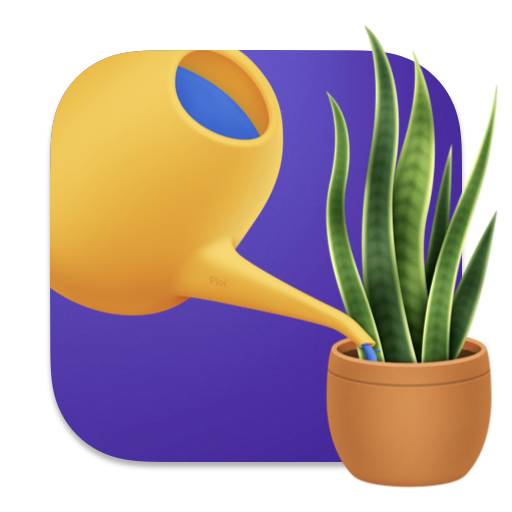Celtis tenuifolia aka Georgia Hackberry
Taxonomy ID: 8419
Celtis tenuifolia, also known as the dwarf hackberry or Georgia hackberry, is a deciduous shrub or small tree that can grow up to 12 meters high. It is native to eastern North America but is rare north of the Ohio River and is designated as threatened and protected under Canada's Species at Risk Act. The leaves are alternate, simple, shallowly toothed, and finely hairy, and the winter buds are brown and hairy, only 1 to 2 millimeters long. The tree produces small, stalked, light green flowers in the spring, which are wind-pollinated and self-compatible. The fruit is a berry-like drupe that matures to an orange-red to dark purple color and is edible with a sweet taste. The mesocarp is composed of a smooth outer crust and a pulpy yellow inside. Dwarf Hackberry is hardy to zone 6 and prefers well-drained soil, but can grow in nutritionally poor soil and can tolerate drought. It has a low flammability rating and is suitable for light (sandy) and medium (loamy) soils with a pH range of acid, neutral, and basic (alkaline).
Common names
Georgia Hackberry, Dwarf Hackberry, Upland HackberryMore information about Georgia Hackberry
How difficult is it to take care of Georgia Hackberry
If you're looking for a plant that offers a moderate level of challenge, Georgia Hackberry is a great choice to test your gardening skills.
What is the region of origin of Georgia Hackberry
Georgia Hackberry’s native range is Southeaster N. America.
What are the water needs for Georgia Hackberry
Georgia Hackberry should be watered regularly, allowing the soil to dry out between waterings.
What is the right soil for Georgia Hackberry
Georgia Hackberry loves a well-draining soil. Perlite and vermiculite help with drainage, while coco coir adds organic matter, so a good potting soil mix will have all three. You can improve store-bought soil by adding some perlite to it.
What is the sunlight requirement for Georgia Hackberry
Georgia Hackberry requires abundant, bright, and direct light to thrive. The best placement for this plant is within one foot of a window to ensure it receives enough light. If you live in an area with more extreme weather, such as hot summers or cold winters, you may need to adjust the placement of the plant accordingly. During hot summer months, it is important to place the plant away from full sun, as this can cause the leaves to yellow or burn. During cold winter months, it is best to move the plant closer to the window to take advantage of the extra light that can help it survive. By keeping an eye on the current weather in your area, you can make sure your Dwarf Hackberry is always in the right place to thrive.
How to fertilize Georgia Hackberry
The Georgia Hackberry grows at a slow pace and doesn't require any supplementary fertilizers. By renewing its potting soil once a year, it should receive enough nourishment. Remember, plants obtain their energy from sunlight, not fertilizers.
Is Georgia Hackberry toxic to humans/pets?
Ploi lacks confirmed information on the toxicity of this plant. If you, a relative, or your pet accidentally consume plant material with unknown toxicity, it's best to consult a medical expert.
More Species in Celtis Genus

Celtis laevigata Southern Hackberry

Celtis reticulata Netleaf Hackberry
Celtis boninensis

Celtis tetrandra Nilgiri Elm

Celtis ehrenbergiana Spiny Hackberry

Celtis iguanaea Iguana Hackberry

Celtis jessoensis

Celtis bungeana Bunge's Hackberry

Celtis africana White Stinkwood



